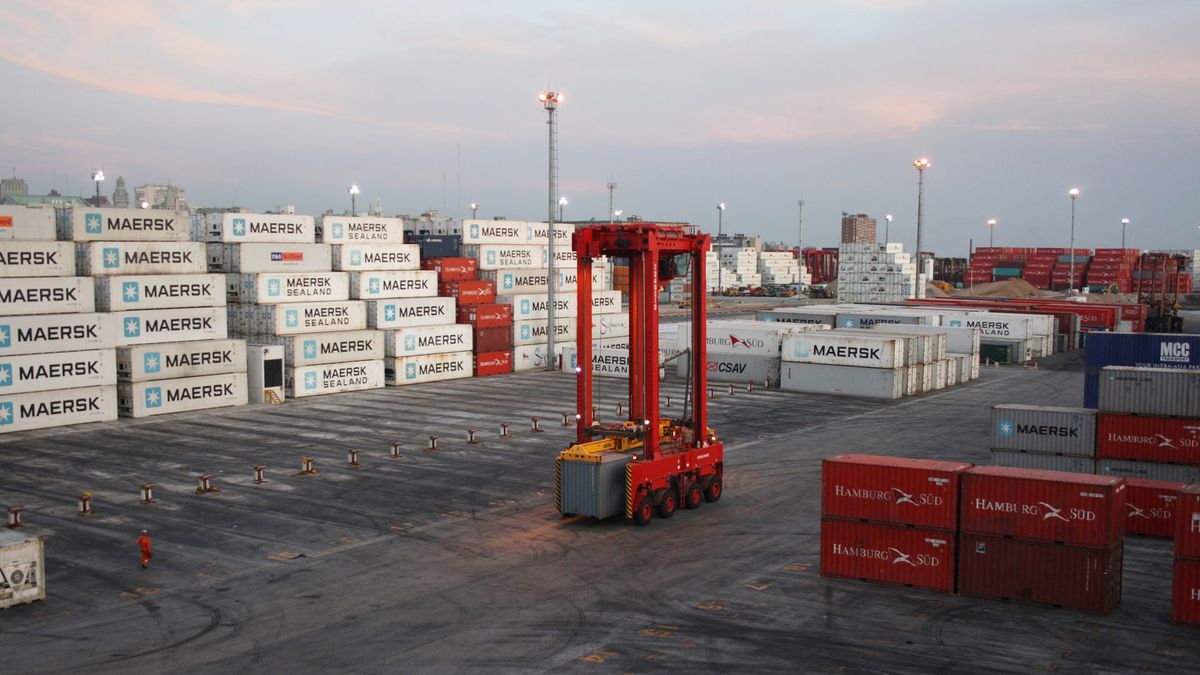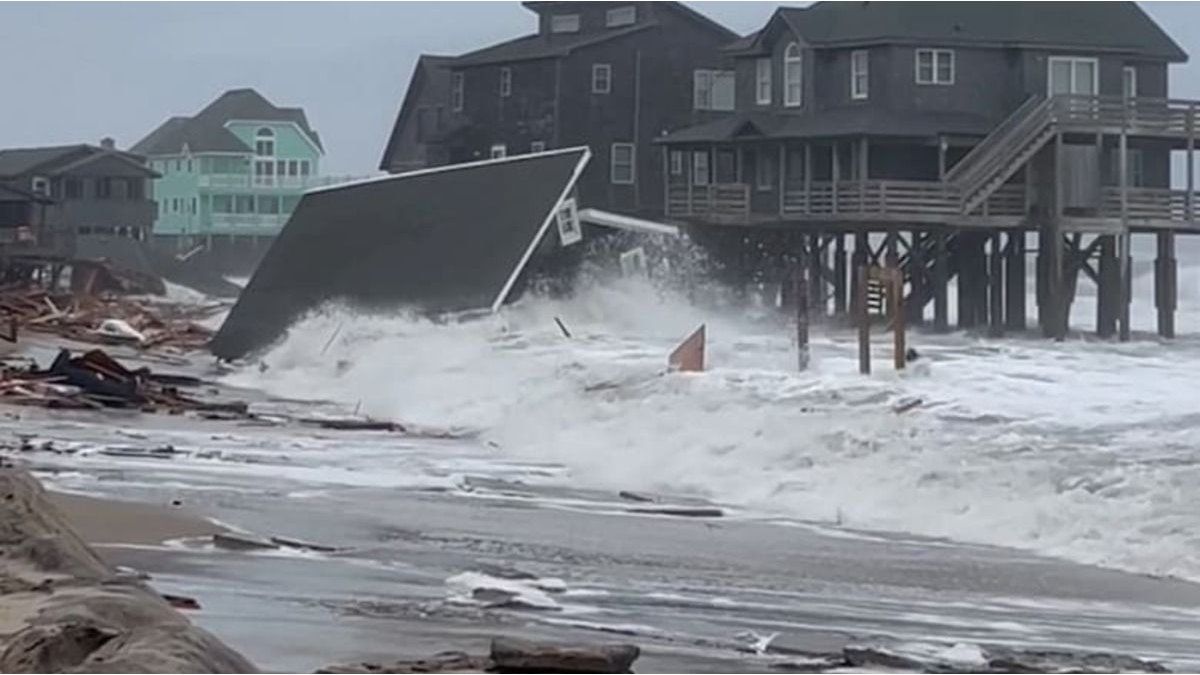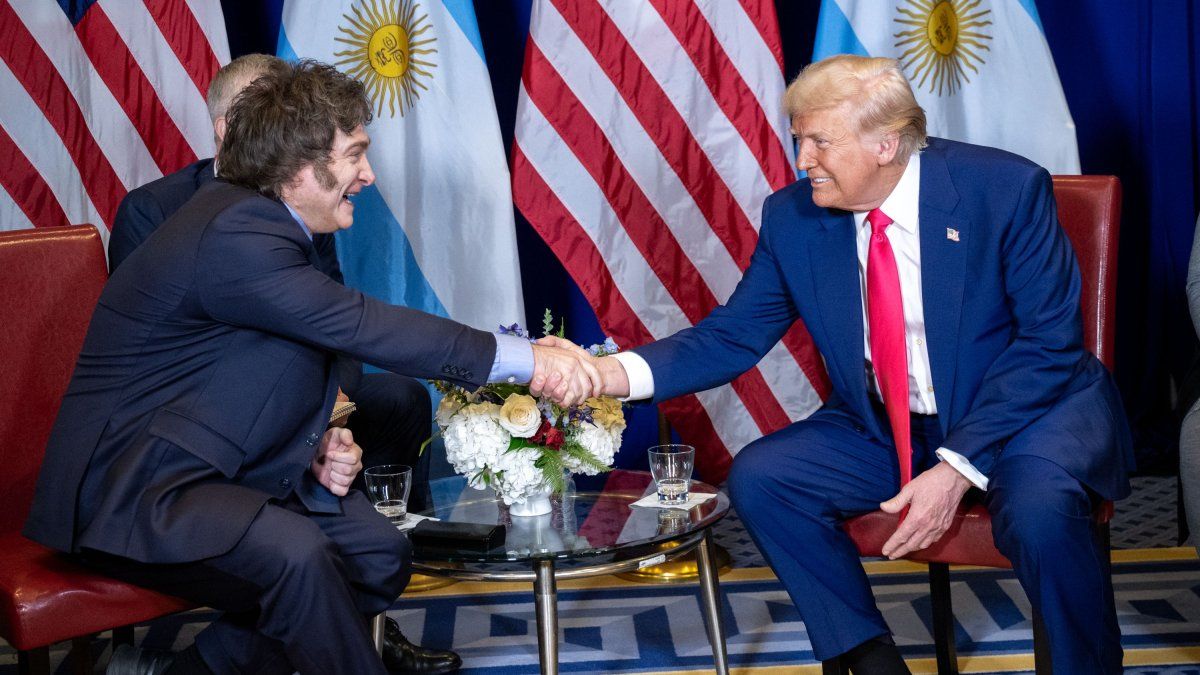The Ministry of the Environment signed the authorization to advance in a second container yard and a new dock.
The government and the concessionary company of the Cuenca del Plata Terminal (TCP) Katoen Natie reached an agreement and will carry out works in the Port of Montevideo consisting of a second container beach of 22 hectares and a dock 700 meters long and 14 meters deep, with which It will triple its capacity.
The content you want to access is exclusive to subscribers.
He Ministry of Environment reported the agreement after they established “a series of environmental conditions”, as reported by Underlined. Negotiations began in 2021 and came to fruition after the creation of a file, a public hearing and studies carried out by the area of complex projects, with a view to improving competitiveness.


The works contemplate an investment of more than 600 million dollars and are part of the agreement signed in February 2021 between the administration leading the President Luis Lacalle Pou with the Belgian multinational, today the majority shareholder of TCP, with an 80% stake, against 20% of the National Administration of Ports (ANP).
At that time it was reported that the agreement consists of extending the Specialized Container Terminal to a capacity that will allow it to operate 3 million containers export, import and merchandise transits per year.
By working with this capacity, it will have generated 1.4 kilometers of dock to the west of the concession area and a 60-hectare container beach, in addition to the remodeling of the Sarandí breakwater, as specified on the occasion, where Lacalle Pou spoke of an investment for “help the productive Uruguay”.
The Port of Montevideo is one of the worst in the world
The Port of Montevideo, which weeks ago was close to increasing its rates, was among the worst rated in efficiency and competitiveness worldwide, according to the Container Port Performance Index (CPPI)for its acronym in English), which ranked the country 304 out of 348.
This emerges from the report of the World Bank, which in its third edition ranked it among the 50 worst in the world. In this way, it fell behind its main competitors: Argentina Brazil and Chili.
Source: Ambito




